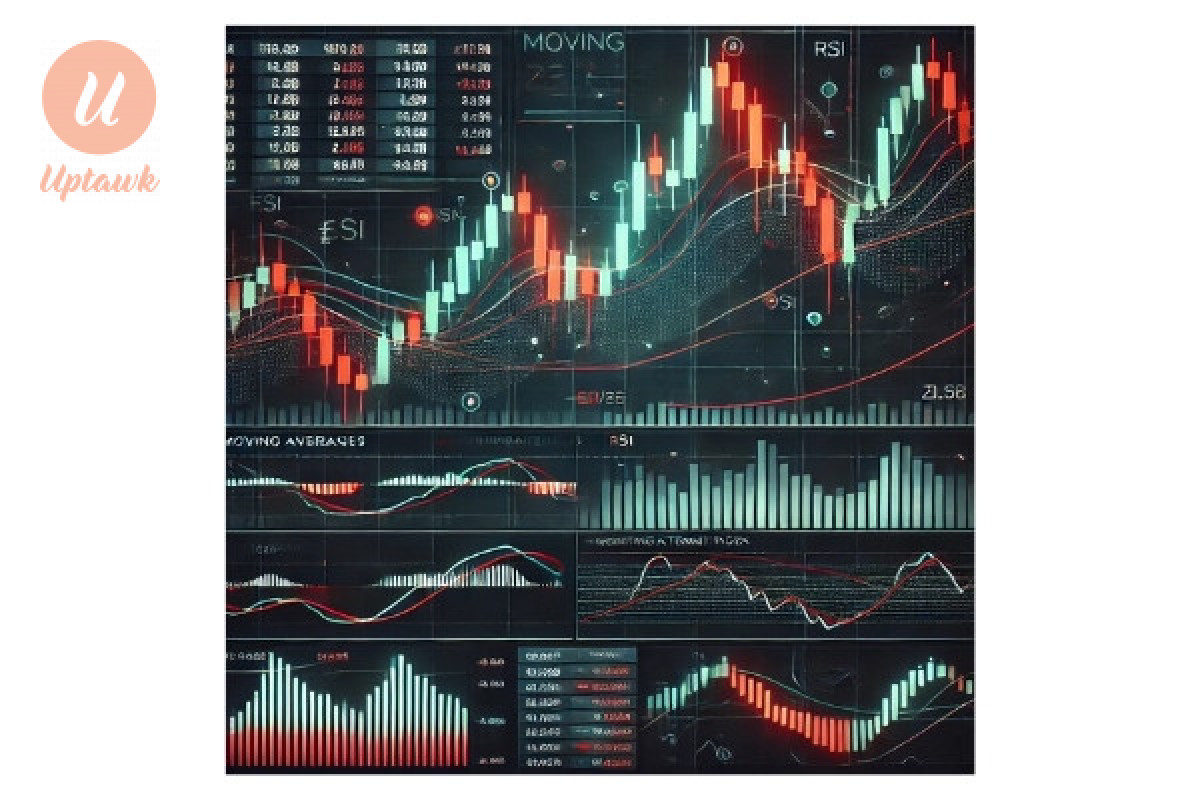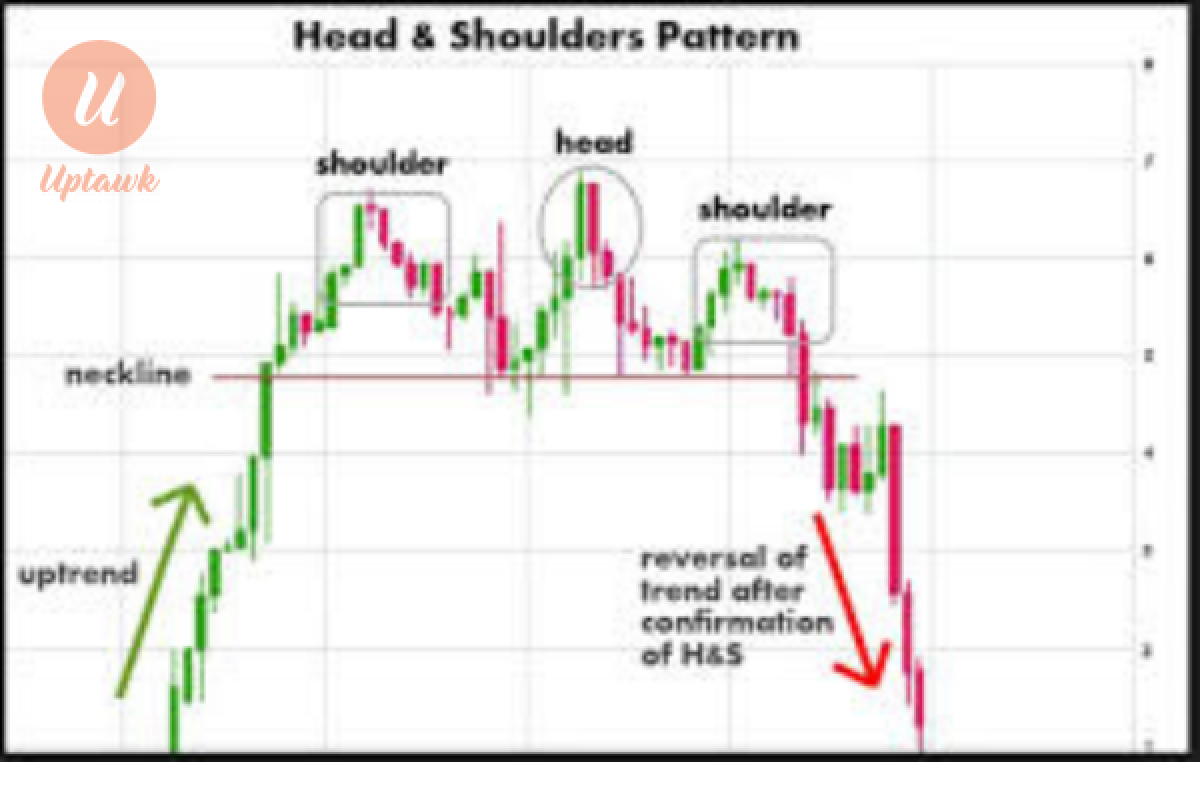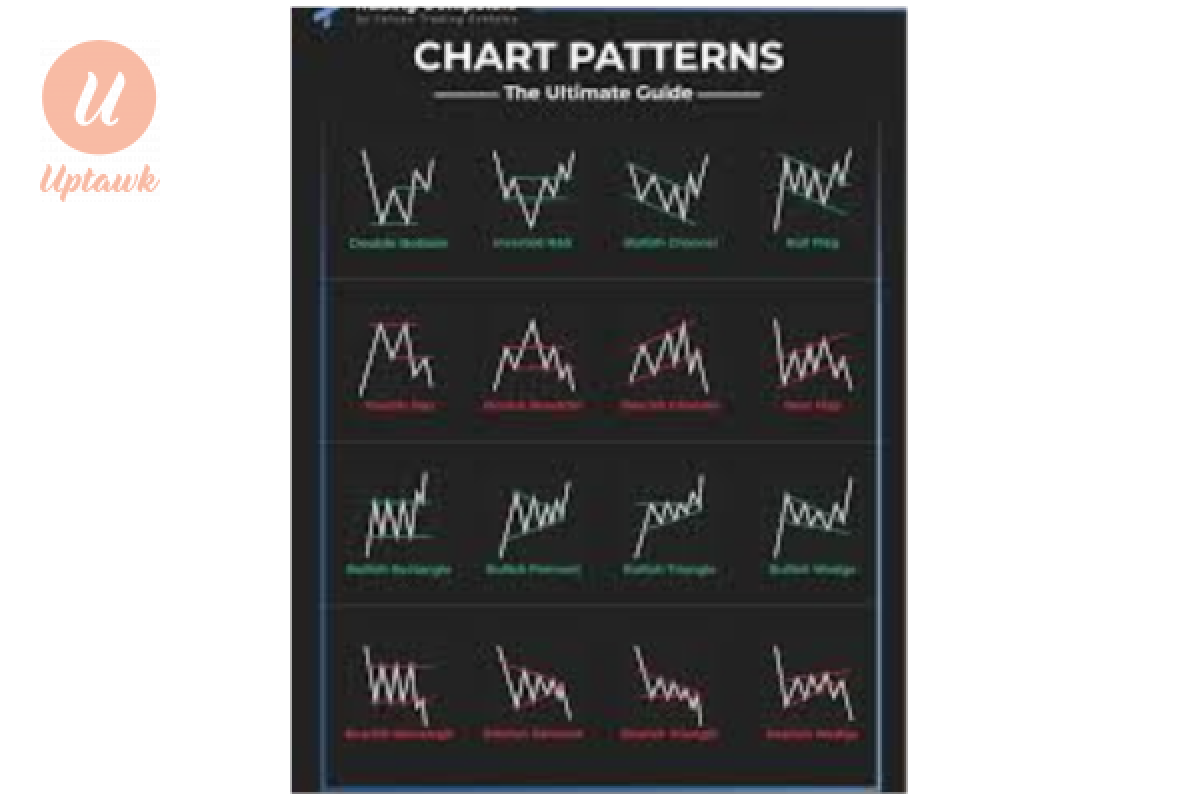
Advanced Forex Trading Techniques
(1) Carry Trade Strategy
Explanation:
The carry trade strategy involves borrowing money in a currency with a low interest rate and using it to invest in a currency with a higher interest rate, profiting from the interest rate differential. In Forex, this is typically done by going long (buying) on a high-yield currency pair and short (selling) on a low-yield pair.
How It Works:
Traders identify currency pairs where one currency has a significantly higher interest rate than the other (e.g., AUD/JPY, where the Australian Dollar often has a higher rate than the Japanese Yen).
They buy the high-yield currency and sell the low-yield currency, holding the position for an extended period.
The profit comes from the daily interest (swap) paid by the broker, in addition to any potential price appreciation of the high-yield currency.
Example:
If the AUD interest rate is 3% and the JPY rate is 0.1%, a trader could borrow JPY, convert it to AUD, and earn the 2.9% differential (minus fees) as long as the exchange rate remains stable or moves favorably.
Risks and Considerations:
Currency price volatility can wipe out interest gains if the high-yield currency depreciates significantly.
It works best in stable, low-volatility markets and can unravel during economic crises when risk aversion spikes.
(2) Arbitrage Trading in Forex
Explanation:
Arbitrage trading exploits price differences of the same currency pair across different markets or brokers. The goal is to buy low in one market and sell high in another simultaneously, locking in a risk-free profit.
How It Works:
Triangular Arbitrage: Involves three currency pairs (e.g., EUR/USD, USD/JPY, EUR/JPY). If the implied exchange rate from two pairs doesn’t match the third pair’s rate, a trader can profit by converting currencies in a loop.
Broker Arbitrage: Takes advantage of price discrepancies between brokers due to latency or inefficiencies.
Trades are executed instantly to capitalize on fleeting opportunities.
Example:
If EUR/USD = 1.10, USD/JPY = 110, and EUR/JPY = 120, the implied EUR/JPY rate should be 1.10 × 110 = 121. A trader could buy EUR/JPY at 120 and sell it at 121 through the other pairs, pocketing the difference.
Risks and Considerations:
Requires advanced technology and low-latency systems, as opportunities vanish quickly.
Transaction costs (spreads, fees) can erode profits.
Brokers may restrict arbitrage trading.
(3) Order Flow and Market Depth Analysis
Explanation:
Order flow analysis examines the volume and direction of buy/sell orders in the market, while market depth looks at the levels of pending orders (limit orders) in the order book. Together, they provide insight into supply, demand, and potential price movements.
How It Works:
Order Flow: Tracks real-time buying and selling pressure. For instance, heavy buying volume at a price level might indicate support, while selling pressure could signal resistance.
Market Depth: Displays the number of orders at various price levels (via a Depth of Market or DOM tool). A thick order book at a certain price suggests strong support or resistance.
Traders use this data to anticipate breakouts, reversals, or liquidity zones.
Example:
If market depth shows a large cluster of buy orders at 1.2000 on EUR/USD, the price is likely to bounce upward from that level unless overwhelmed by sell orders.
Risks and Considerations:
Requires access to Level II data or ECN platforms, which isn’t standard in retail Forex.
Interpretation is complex and often paired with other indicators.
High volatility can render order flow data less reliable.
(4) High-Frequency Trading (HFT)
Explanation:
High-frequency trading uses powerful algorithms and ultra-fast computers to execute thousands of trades per second, exploiting tiny price inefficiencies or patterns in the Forex market.
How It Works:
HFT firms deploy automated systems to analyze market data, execute trades, and manage risk in microseconds.
Strategies include market making (providing liquidity), statistical arbitrage, or latency arbitrage (exploiting delays in price feeds).
Trades are held for fractions of a second, aiming for small but consistent profits.
Example:
An HFT algorithm detects a 0.0001 pip discrepancy in EUR/USD between two exchanges, buys at the lower price, and sells at the higher price within milliseconds, repeating this thousands of times daily.
Risks and Considerations:
Requires significant capital investment in technology and infrastructure (e.g., co-located servers near exchanges).
Regulatory scrutiny and ethical debates surround HFT.
Retail traders can’t compete due to the speed and cost barriers.






Comments 0 Comment